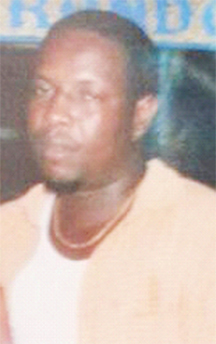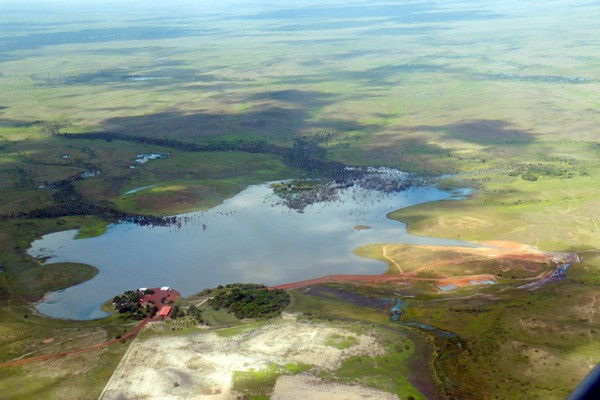The police will not be charging anyone in relation to the Pepper Creek, Konawaruk, mining disaster, which claimed the lives of 10 men, according to Commander of ‘F’ Divi-sion Courtney Ramsey.
The police official described the May 17 incident as a “mishap” and said if any charge is to be laid, it has to be done through the Guyana Geology and Mines Commission (GGMC). Stabroek News could not reach GGMC Commissioner Rickford Vieira for comment yesterday.
The police are in receipt of a report done by the GGMC and they will be sending the document and other files to the Director of Public Prosecutions as soon as possible, Ramsey said. The police commander said that they are awaiting statements from two more survivors, hence he was not certain when investigations would be complete.
Michael Gardener, 26; Brian Brittlebank, 46, of Wismar; Linden and Raymond August of Dartmouth, Essequibo; Leland Jones and his nephew Jason Trotman; father and son Glen aka Frank and Vic Bernard; Trevon Philips and Esmond Martin all perished after the pit rapidly caved in from the top, covering the crew and their equipment.
Shawn Xavier, 24, of the East Coast Demerara; Sheldon Adams, 32, of Bee Hive, East Coast Demerara; Regan Greene, 34, of the Essequibo Coast; Alix Green, 28, of the Essequibo Coast; Henry Xavier from the North Pakaraimas, Roswell Andrews, 49, from the Rupununi; and Collymore Lewis, from the Cuyuni-Mazaruni region survived with non-life threatening injuries.
The GGMC had said that a breach of standard safety practices led to the collapse of a mining pit and it was prevented from taking action against this illicit operation because of a court injunction. According to the GGMC, the accident occurred due to the “collapsing of two sides of the mine pit. The operator failed to adhere to standard safety practices when mining is progressing beyond 50 feet in depth. Further, the pit limits were too narrow to allow for safe operation utilising the current method of mining,” the report said.
According to a report by the Guyana Gold and Diamond Miners Association (GGDMA), the mining face and pit walls were too high and too steep, almost vertical in places and the operation was too close to the face and walls. It noted that the walls were some 90 to 100 feet with no stepping.
With the rain and with water jetting from two dredges, the ground became very saturated and the soil unconsolidated. As a result, there was general slump failure.
The surrounding material became very fluid, which was described by the GGDMA as having the consistency of porridge, and slid into the lowest parts of the pit, where the men were working. The report added that it was a fatal combination of circumstances.
The operator of the mine, Imran Khan, has denied unsafe mining practices at the site and said that he was disappointed that the GGMC was attempting to absolve itself of any responsibility. He said while the GGMC has stated that there were safety concerns at the mine, he was never informed of this by the commission. Khan said the site of the initial collapse was roughly 400 feet from where his men were working at the time.
He had told Stabroek News that the pit stretched well over 800 feet and where the collapse initially occurred was not an area that his men were operating in, but a portion of the mine that was being utilised by Edward Hopkinson, the owner of the mining permits.










